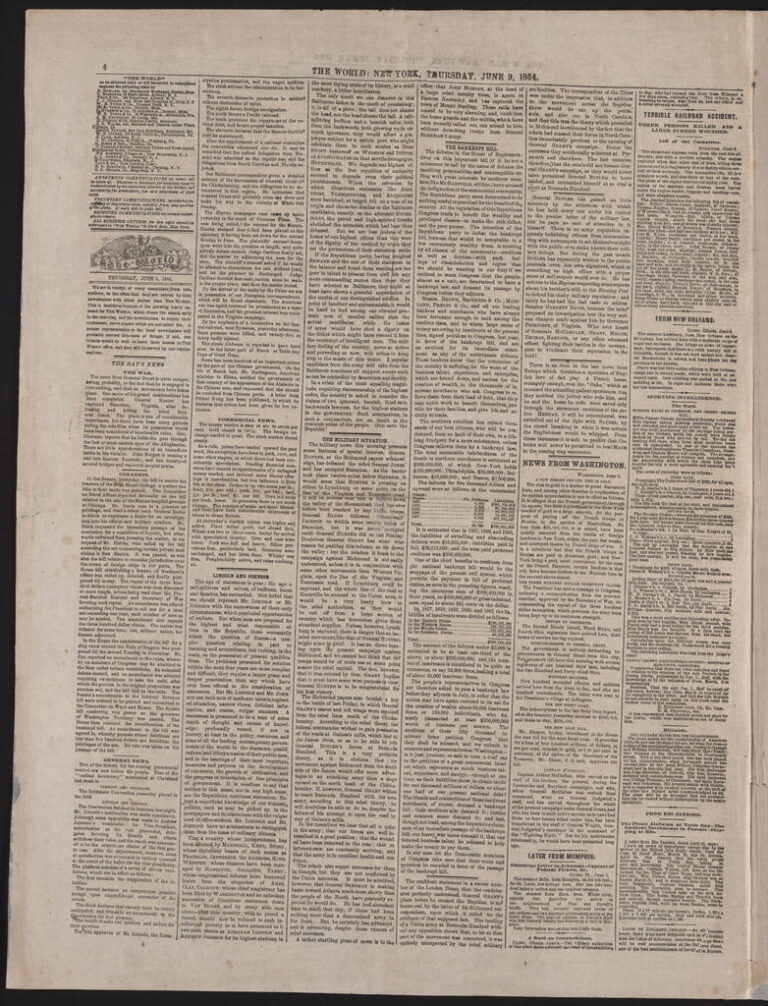If you work in a very small organization, or are only occasionally involved in purchasing projects, putting together an RFI or RFP might be a solitary affair. Even then, you’ll have others who need to keep track of what happened and the selection you made (either now or in the future). Most of the time, though, the RFx process itself is a collaborative effort which represents the culmination of months of research, planning, and strategic thinking across teams and even entire organizations.
At best, the involvement of multiple stakeholders in crafting an RFx can ensure that by the time it reaches vendors, it clearly reflects the issuer’s goals and priorities. This in turn helps to attract the right vendors. At worst, though, the complex process of putting together an RFI or RFP across a team or organization can mean that important details get lost in translation and imperil the whole project.
Involving a Team
In most cases, collaboration is a key feature of several stages of the RFP process:
- Information gathering: Even in a small organization with very specific purchasing goals, you’ll probably need to do some amount of information gathering with colleagues on everything from the organization’s overall needs to its specific business concerns, technical specifications, and any financial or legal issues.
- Aligning: Once you’ve gathered basic information, you’ll want to reach an agreement with any stakeholders about key details.
- Drafting the RFP: You may or may not involve team members here, either in assembling the document or in reviewing it.
- Evaluating responses and selecting a winner: Evaluating vendor responses can also be an individual or team effort.
Making the Most of Collaboration
Working with a team on a purchasing project can at times seem to slow the process down. But the involvement of various stakeholders from the outset can be a huge asset in the long run. Consider these ways to make the most of collaboration:
- Invite wide input from your team and/or organization at the very beginning of a project. This is the time when you’ll have the most scope to change or adapt your plans with the least consequences.
- Simplify the process of aligning stakeholders by having a specific place to engage in dialogue and refine ideas. This could take the form of a meeting, or a series of meetings, or be as simple as storing project materials in a single location for easy exchange.
- If you’re working with colleagues to draft, or review drafts, of an RFI or RFP, consider using purpose-built procurement software like Popcorn RFP which allows multiple team members to collaborate on a single RFx document. This allows for seamless communication without the hassle of email or multiple versions of a document stored in the cloud.
- Procurement software like Popcorn RFP can also help with evaluating vendor responses as a team. The option of having multiple team members review submissions together in a single location can save time and energy at the critical end stage of the process.
We hope this gives you a better sense of what to expect when it comes to collaboration in the RFx process! With Popcorn RFP you can easily set up teams and assign different roles to different team members. By assigning those you invite to collaborate on the project as manager, editor, evaluator, or viewer, you set different privileges when it comes to drafting, editing, and publishing an RFx.
Popcorn RFP is purpose-built software designed to support you throughout the RFP life-cycle and alleviate many of the common challenges organizations have experienced with enterprise procurement. Our goal is to help you do RFPs faster, smarter, and collaboratively. Send us an email and let us know how we can help with your next RFP project!











